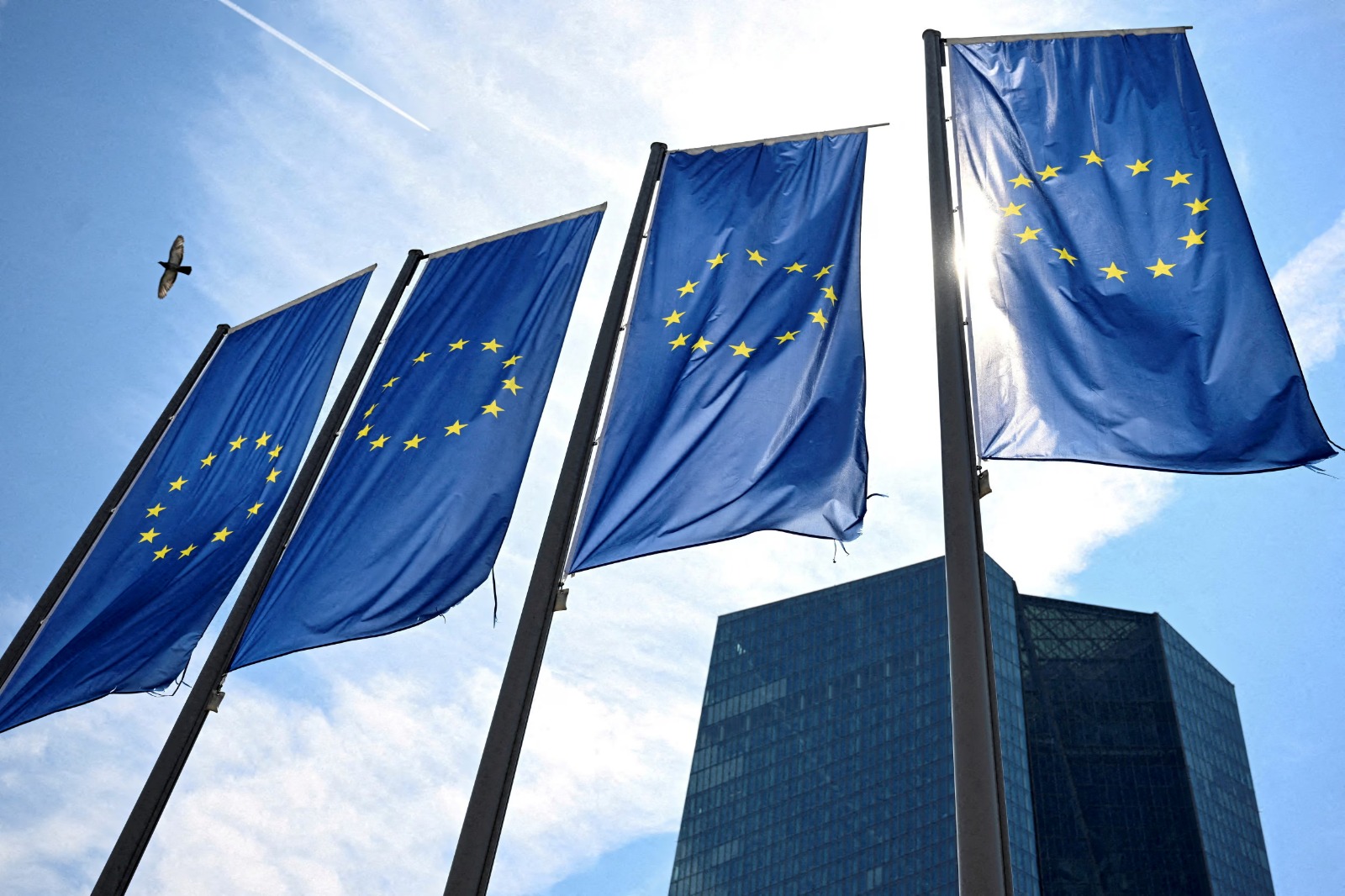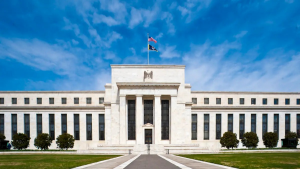Investors' attention in April is focused on the European Central Bank's decision regarding monetary policy, amid strong expectations for a 25 basis point interest rate cut to 2.40%. Market participants are particularly keen on the upcoming interest rate statement and the press conference to be held by Christine Lagarde, the bank’s president, as they are seen as key to understanding the monetary policy direction in the Eurozone over the coming months.
A Look at Recent Economic Conditions in Europe Data released by S&P Global showed a relative improvement in some economic activity indicators in the Eurozone during March. The manufacturing purchasing managers' index recorded a contraction at 48.7 points, which was better than the expected 48.3 points. In contrast, the services purchasing managers' index registered a growth of 50.4 points, which is lower than the market expectations of 51.2 points.
Regarding inflation, the preliminary reading of the consumer price index showed a significant slowdown, with the annual inflation rate registering 2.2% in March, which aligns with market expectations. Meanwhile, core inflation – which excludes food, energy, alcohol, and tobacco prices – reached 2.4%, slightly below the expected 2.5%.
Statements from Monetary Policy Makers Support Easing Trends Statements from European Central Bank officials have bolstered the likelihood of an interest rate cut, as ECB board member Olli Rehn indicated that the economic risks previously warned about are starting to materialize, which supports a decision to cut rates in the upcoming meeting.
For her part, Christine Lagarde emphasized the bank's readiness to use all its tools to ensure price stability, while closely monitoring financial market developments. In this context, François Villeroy de Galhau, the governor of the French central bank, described U.S. economic policies as carrying risks that threaten global financial stability.
Meanwhile, Gediminas Šimkus, a member of the monetary policy committee, confirmed that a 25 basis point rate cut has become necessary amid rising economic pressures and trade tensions, especially following the announcement of new tariffs by the United States.
Widespread Expectations for a Rate Cut with Additional Cuts Possible in Coming Months Analysts expect the ECB to embark on a new cycle of monetary easing. Capital Economics suggested that high U.S. tariffs could slow the Eurozone economy and increase deflationary pressures, forecasting that the bank will lower the interest rate to 1.75% in the coming months.
UBS also indicated that an additional 25 basis point cut in June cannot be ruled out, noting that obstacles to further easing in July remain limited, especially if the European Union does not respond strongly to U.S. policies.
Scenarios for the Anticipated Decision: Supporting Growth or Pausing The first scenario suggests that the bank will cut the interest rate by 25 basis points with hints of further easing measures in the future, if economic indicators continue to slow. Such a decision may exert pressure on the euro and cause it to decline against other currencies.
The second scenario anticipates a rate cut by the same amount, but with a more cautious tone indicating a temporary halt in the rate-cutting cycle, which could lead to the euro stabilizing or even strengthening, especially if markets rule out further monetary easing in the near term.










